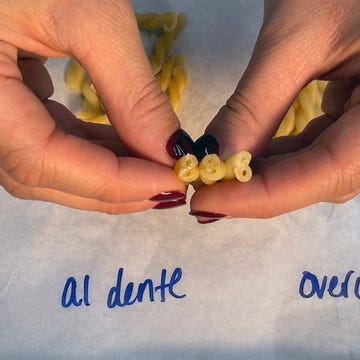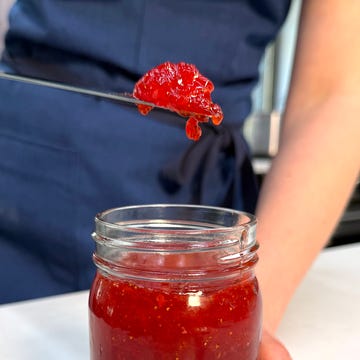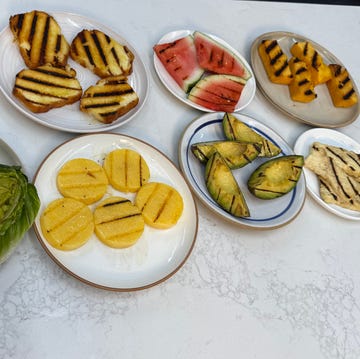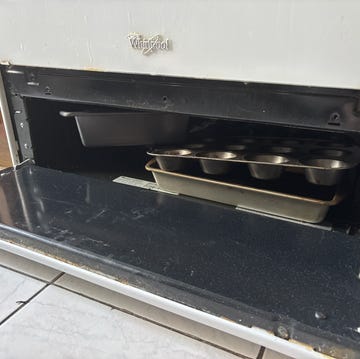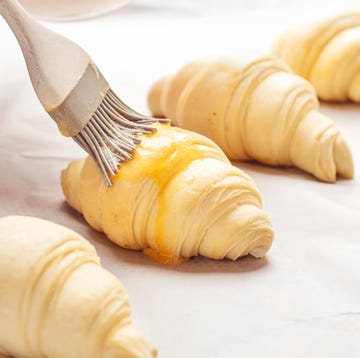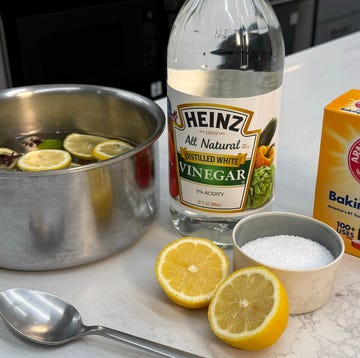You’ve probably heard that baking is a science; that’s especially true when it comes to measurements. The difference between a light and fluffy cake and a dense and tough one can come down to just a few grams. Getting your measurements right can make or break your bakes.
The most foolproof method is measuring by weight instead of volume. (Don’t know where to start? Check out our favorite kitchen scales.) But if you prefer breaking out your measuring cups, there are some tricks that can ensure more accurate amounts.
It’s always better to spoon, not scoop, your flour. A butter knife across the top of your measuring cup can level out your ingredients. But there’s one tip that’s arguably the most important: choosing the right measuring cup to begin with.
You may be tempted to use a liquid measuring cup as a one-size-fits-all solution for baking. Don't do this.
Liquid measuring cups and dry measuring cups both exist for a reason; that is, to use them for their intended purposes.
We get it, we don’t love doing extra dishes either. But our Senior Food Editor Makinze Gore says that liquid and dry measuring cups should never be used interchangeably.
Pouring wet ingredients to the top of your dry measuring cups all but guarantees spillage on the way to your mixing bowl. So not only does that mean more countertop cleaning is necessary, you also won’t end up with an exact measurement.
The discrepancy is even worse the other way around. You can’t properly level dry ingredients that are measured in a liquid measuring cup. So you will most certainly end up with a measurement that’s at least a little off.
A few extra grams may not seem like a big deal at first. But if you’re making bread, cake, or a batch of cinnamon rolls that calls for several cups of flour, a couple inaccurate scoops can add up to nearly a full cup more than what’s listed in the recipe. The final result? Dry, tough, and less than delicious dishes.

